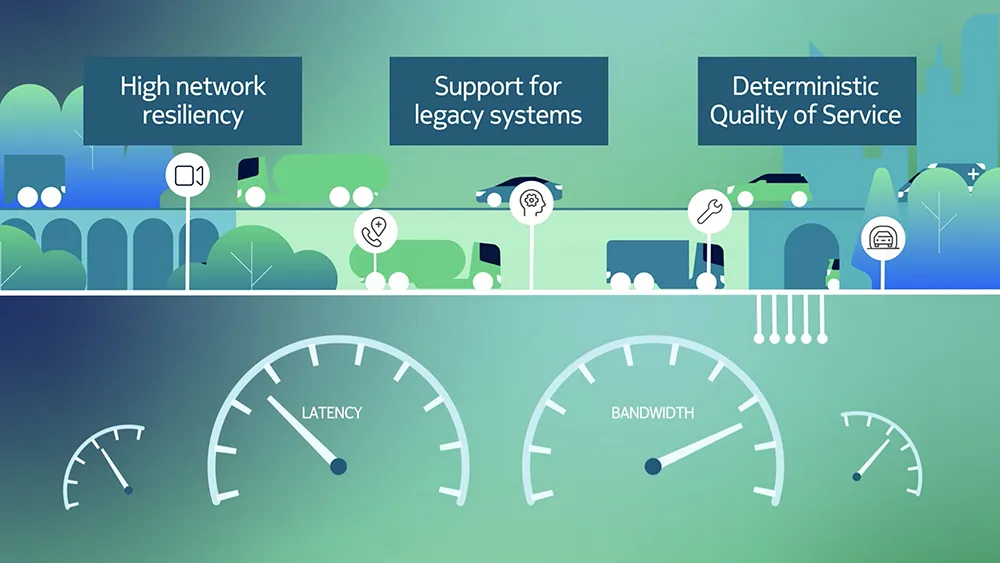A UK-developed technology that measures the tread depth and pressure of tyres in seconds, has been unveiled as part of a ground-breaking ‘highway of the future’ live project in the USA.
Able to monitor the tyre condition without the need for any equipment or sensors on the vehicle itself, the road-embedded technology has been developed by WheelRight, an Oxford-based company. The drive-over technology has been adopted by The Ray, an 18 mile stretch of highway connecting Georgia and Alabama, which aims to
December 22, 2016
Read time: 2 mins
A UK-developed technology that measures the tread depth and pressure of tyres in seconds, has been unveiled as part of a ground-breaking ‘highway of the future’ live project in the USA.
Able to monitor the tyre condition without the need for any equipment or sensors on the vehicle itself, the road-embedded technology has been developed by8005 WheelRight, an Oxford-based company. The drive-over technology has been adopted by 8353 The Ray, an 18 mile stretch of highway connecting Georgia and Alabama, which aims to show how zero deaths, zero waste and zero carbon can be achieved on US interstates.
Working in conjunction with other networked systems on The Ray, the WheelRight solution is suitable for smart city applications, providing detailed tyre condition information instantly via printed read-out or directly to mobile phones or laptops.
While tyre pressures are taken when the vehicle drives over the road-embedded sensor plates, tread depth is measured via sophisticated multi-image technology and imaging software.
Results of tyre pressure and tread depth measurements will be provided automatically on all tyres within seconds via a touch-sensitive kiosk that provides a printed read-out to drivers.
Vehicle partner Kia Motors Manufacturing Georgia and The Ray have committed to fully fund the acquisition and installation of the WheelRight tyre safety technology, providing the services free of charge to drivers on The Ray, and creating more awareness of the dangers and negative economic impacts of driving with under or overinflated tyres and badly worn treads.
KMMG and The Ray are providing an air compressor at the Visitor Centre, which will allow drivers to adjust tyre inflation at no charge, thereby reducing maintenance costs and achieving better fuel efficiency.
Able to monitor the tyre condition without the need for any equipment or sensors on the vehicle itself, the road-embedded technology has been developed by
Working in conjunction with other networked systems on The Ray, the WheelRight solution is suitable for smart city applications, providing detailed tyre condition information instantly via printed read-out or directly to mobile phones or laptops.
While tyre pressures are taken when the vehicle drives over the road-embedded sensor plates, tread depth is measured via sophisticated multi-image technology and imaging software.
Results of tyre pressure and tread depth measurements will be provided automatically on all tyres within seconds via a touch-sensitive kiosk that provides a printed read-out to drivers.
Vehicle partner Kia Motors Manufacturing Georgia and The Ray have committed to fully fund the acquisition and installation of the WheelRight tyre safety technology, providing the services free of charge to drivers on The Ray, and creating more awareness of the dangers and negative economic impacts of driving with under or overinflated tyres and badly worn treads.
KMMG and The Ray are providing an air compressor at the Visitor Centre, which will allow drivers to adjust tyre inflation at no charge, thereby reducing maintenance costs and achieving better fuel efficiency.









